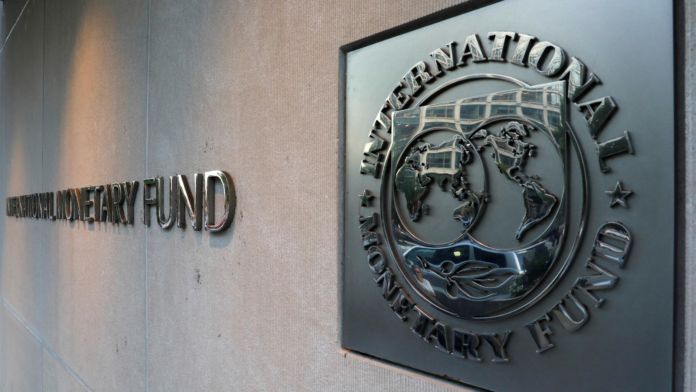IMF has given a piece of advice to the RBI on its intervention policy in forex markets after the US treasury labelled India as a currency manipulator.
US treasury department placed India on the watchlist of currency manipulators because the RBI’s dollar purchase was 5% of the GDP, exceeding the 2% limit.
Currency manipulator is applied to many countries by the US government that engage in unfair currency practices to gain unfair advantages. Currency intervention or monetary policies influence the rate, where the central bank buys or sells forex currency to manipulate the foreign exchange rates.
Policymakers do it for various reasons, like, curb inflation, maintaining international competitiveness, and financial stability. It subsidizes exports and increases the price of imports.
Applauding India’s efforts to build up reserves and strengthen its external position, IMF has advised the RBI against imprudent foreign intervention. Further accumulation of forex currency is less justified, and the foreign exchange intervention should be limited to manage the disorderly market situation.
In 2019, the multilateral agency had suggested India limit currency intervention to address volatility, and this time, the IMF has alerted to slow down the piling up of reserves.
The guidelines and suggestions for India’s foreign exchange reserve management are similar to the central banks across the world. The demands placed on forex reserves depend on the exchange rate regime of the country, the openness of the country, the size of the external sector in the country’s GDP, and the nature of the market.
Safety and liquidity are the twin objectives of India’s forex management.
The forex reserves as of May 2021 are $599 billion. The forex reserves are adequate for safety purposes, which have helped to reduce risks due to external threats like capital flow volatility and rising oil prices.
In 2020-21, RBI’s total forex purchases were 5.5% of the GDP.
The reserves were $651 billion as of October 2021. The forex reserves cover of imports reduced from 17.4 months to 15.8 months in March 2021. The short-term debt to reserve ratio has been reduced to 16.8% from 17.5% in June 2021.
In April 2021 report, the US treasury suggested the RBI limit forex intervention, the movement of forex rate should reflect the economy’s fundamentals, and avoid excessive holding of reserves to stabilize market conditions.
As economic recovery takes place, the authorities should focus on structural reforms to push productivity, the standard of living, more openness to foreign financial flows, and financial deepening.
Follow and connect with us on Facebook, LinkedIn & Twitter

